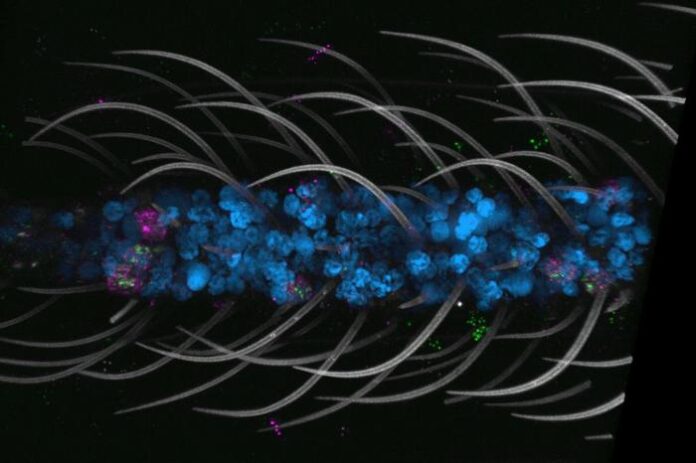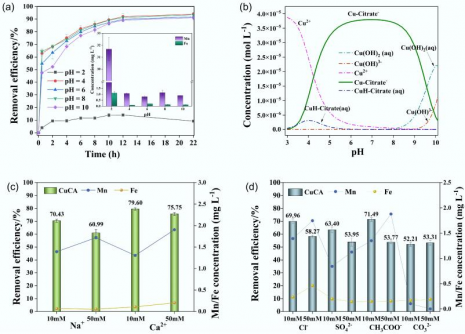Scientists have unveiled the first comprehensive cellular atlas of the Aedes aegypti mosquito, a species notorious for transmitting diseases such as dengue, Zika, and yellow fever. This groundbreaking work, detailed in the journal Cell in March 2024, provides unprecedented insights into the gene expression of every tissue within the mosquito, from the antennae to the legs.
The study, titled “A single-nucleus transcriptomic atlas of the adult Aedes aegypti mosquito,” was led by Leslie Vosshall, PhD, a professor at The Rockefeller University and vice president and chief scientific officer at the Howard Hughes Medical Institute. Vosshall describes the atlas as “a comprehensive snapshot of what every cell in the mosquito is doing as far as expressing genes.” This resource is significant not only for its detail but also for its inclusivity, as it encompasses both male and female mosquitoes.
Historically, research has predominantly focused on female mosquitoes, given their role in spreading pathogens. “There is an enormous bias toward looking at the biology of the female and very little information about the male,” Vosshall notes. This new atlas addresses that knowledge gap, providing vital information on male mosquitoes, which has been largely overlooked.
New Discoveries and Insights
The atlas revealed numerous insights, including the identification of novel cell types and an enhanced understanding of the organization of sensory neurons and chemoreceptors across various tissues. It also highlighted differences and unexpected similarities between male and female mosquitoes. Notably, the study found that following a blood meal, the female mosquito brain undergoes significant changes in genetic expression, specifically in glial cells rather than neurons.
Utilizing single-nucleus RNA sequencing (snRNA-seq), the research team generated a massive dataset comprising over 367,000 nuclei from 19 types of mosquito tissues. These tissues were categorized under five biological themes: major body segments; sensation and host seeking; viral infection; reproduction; and the central nervous system. The analysis identified 69 cell types grouped into 14 major cell categories, many of which had never been documented before.
Among the most striking findings was the widespread presence of polymodal sensory neurons. Previous studies from Vosshall’s lab noted their abundance in the antennae and maxillary palps, but this research revealed these neurons are distributed throughout the organism, including in the nose, tongue, and legs.
Behavioral Changes After Feeding
The study also examined how feeding impacts mosquito behavior. Following a blood meal, female mosquitoes lose interest in seeking hosts, redirecting their focus towards egg development and laying. “How does this incredibly strong drive to bite people get turned off?” Vosshall inquires. To investigate, the researchers analyzed gene expression in female mosquito brains at various intervals: 3, 12, 24, and 48 hours post-feeding.
They observed that gene expression changes peaked shortly after feeding and gradually subsided. Initially, most changes involved upregulation of genes, while later periods included a mix of both up- and downregulation. Despite neurons making up approximately 90% of mosquito brain cells, it was the glial cells—comprising less than 10%—that exhibited the most significant shifts in expression. “The glia are completely rewired during this time when the females lose interest in people,” Vosshall explains.
The analysis revealed that the cellular makeup of male and female mosquitoes is largely similar, with only minor clusters of sex-specific cells present. One notable discovery was a small group of cells in the male antenna marked by the expression of a gene absent in female tissues. “If we hadn’t compared male and female gene expression, we never would’ve spotted them,” Vosshall states, hinting at the potential for future research to uncover their function.
Vosshall emphasized the collaborative nature of this research, noting that the dataset has been accessible to researchers since the project’s inception in 2021. “This is a global resource that has been open to everyone, so many people are already using it. We’re excited to see the discoveries that will come from it,” she added.
The creation of this cellular atlas not only enhances scientific understanding of the Aedes aegypti mosquito but also opens avenues for targeted research into mosquito biology and disease transmission. The data is available for all researchers, fostering collaboration and innovation in the fight against mosquito-borne diseases.







